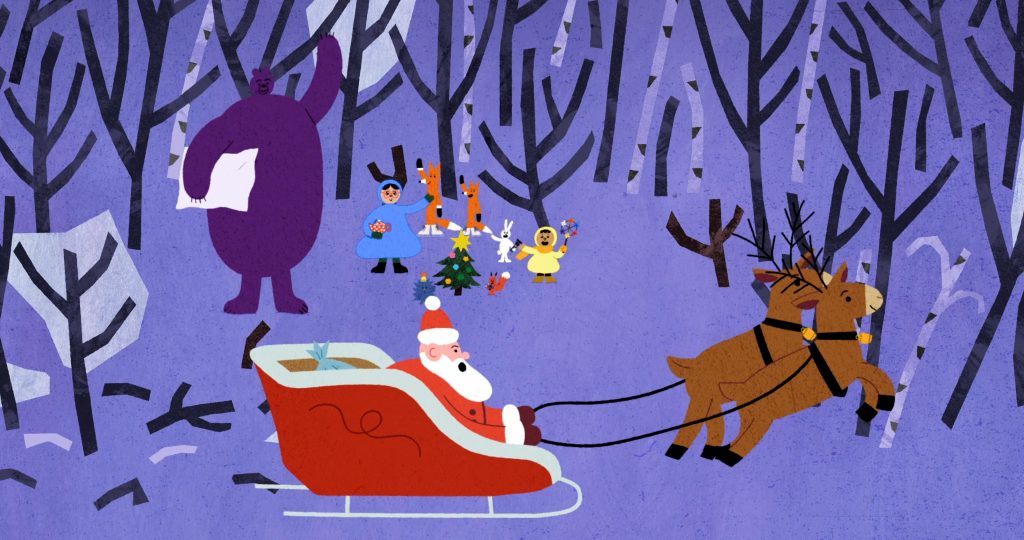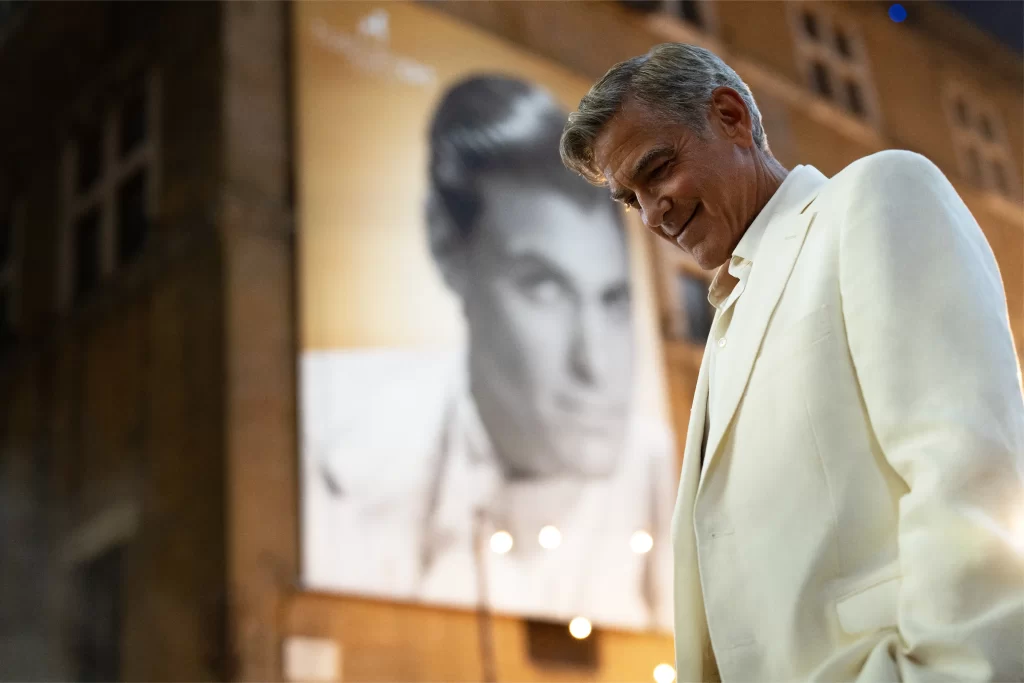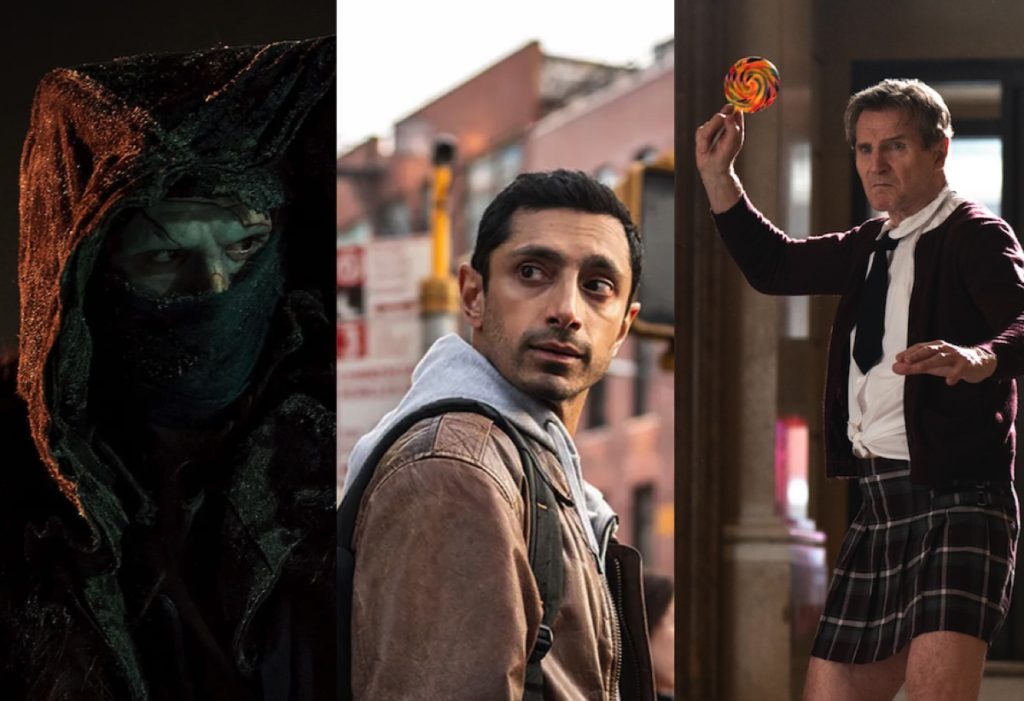The opening of Graham Swon’s debut feature, The World is Full of Secrets, is intriguing and odd: a shadowy background of flowery wallpaper with a voiceover from what sounds like a health education film from the 1950s. A man’s proper English voice describes how “the mind of a teenage girl” is special — the film is already taking a stance on who should tell young women’s stories. As it turns out, young women tell their own stories here, on a misty night during a slumber party in 1996.
“What’s the most frightening thing you’ve ever heard?” one of them prompts the others. They take turns telling stories from history, urban legends, and secondhand rumors, encircled with voiceover narration by one of the girls, now much older (voiced by Peggy Steffans), looking back on this innocent time just before an act of violence took place. There’s an elegiac quality to the older woman’s words, careworn and resigned, as if her life was shaped by that fateful night. But there’s also a sense of nostalgia, for lost youth, for the singular thrill that can only accompany scary stories told by teenage girls by candlelight.
The context of storytelling for teenage girls has, historically and culturally, been linked to the parlor game intimacies of Ouija boards, séances and other forbidden activities. In one scene, the girls perform a sort of spell for seeing a future husband (something referenced as far back as the Salem Witch Trial days): one of them walks backwards up the stairs holding a candle and a mirror. In the only supernatural moment of the film, what she sees in the mirror is unsettling, creating a spooky vibe as the rest of the evening unfolds.
Teenage girls have been the subject for many trope-driven examples of coming-of-age cinema, including some excellent horror films, like Gingersnaps, Teeth, Jennifer’s Body, or The Craft, or drama in a horrific mode, like Sofia Coppola’s The Virgin Suicides. The World is Full of Secrets takes an experimental approach, not telling a story so much as showing us what storytelling is while it happens. Using close-ups lit by candles, moonlight, and shadowy dissolves, the girls extemporize matter-of-factly, even coldly, given that some contain descriptions of brutal violence.
Alas, these young actresses can’t quite generate the focus or intensity needed to keep these overlong stories interesting. There is needless exposition; one story derived from the days of Roman persecution of Christians often has the quality of a history class book report. The direction is also problematic: Keeping the camera aimed squarely on the storyteller’s face, even with dreamy lighting, is too static to maintain dramatic tension, given the prosaic, stilted quality of the performances. These stories don’t feel spun so much as regurgitated; in some instances we can even see the actresses reading cue cards, which distracts from the naturalistic setting. By the time the aforementioned act of violence is about to occur, we’re ready for something to actually happen.
Still, there is something compelling about the ideas here, even if the rendering could have been more artful. The moody score (by Rae Swon) is terrific, and the cinematography by Bart Cortright is effectively atmospheric. There’s a powerful element of framing here, underscoring the way that adolescent trauma or excitement can get beneath the skin and last a lifetime. ![]()
B-



